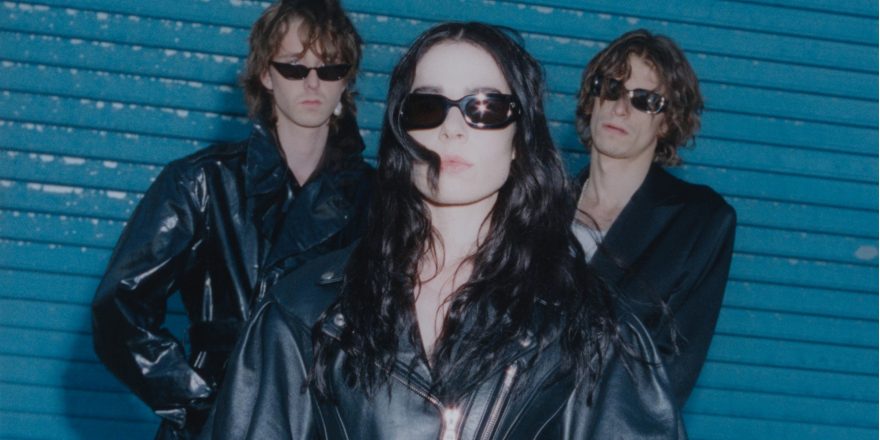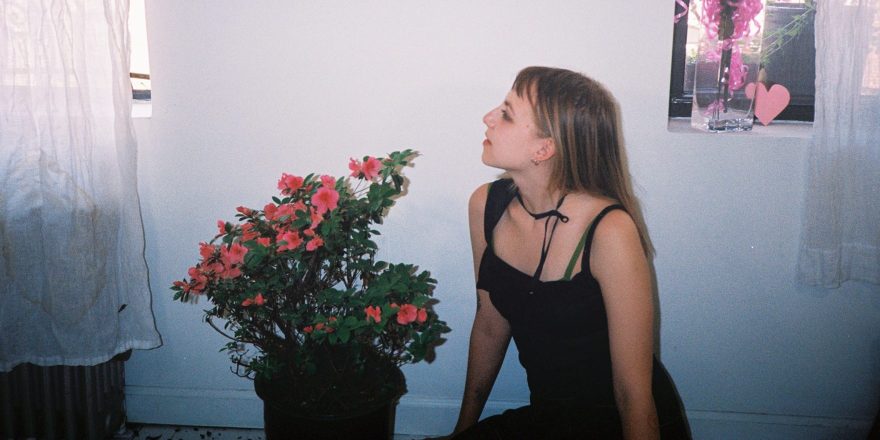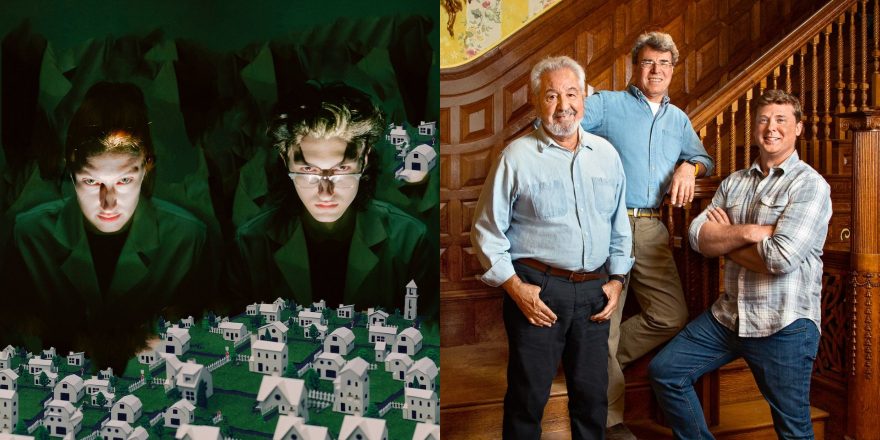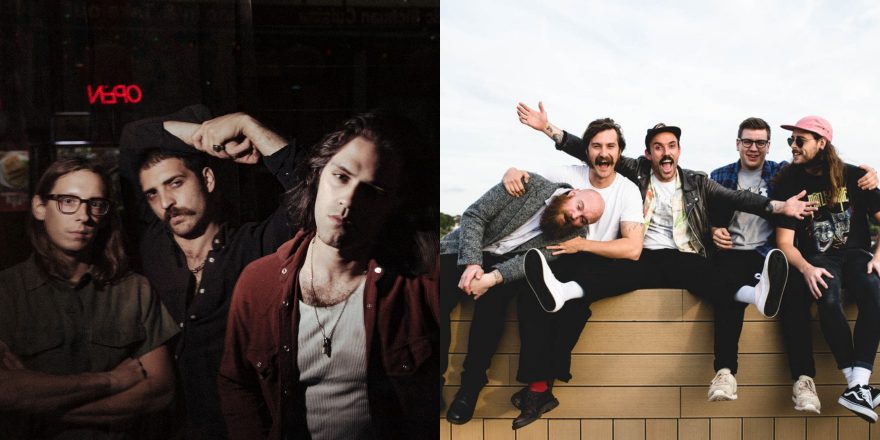As a writer and a musician, I see my own experience through the filter of my written word on the page, my lyrics in songs, in the image I press out onto the world; through the many ways I grasp at knowing myself, and portray me to you. It forms out of smoky half-thought, half-spoken ideas into tangible simulacra through the process of narration.
What you know about me is what I’ve told you. That is what I would like to think — that I am the storyteller of my own experience. But I start to see that public narrative is co-written. In other words, it is no longer mine once it’s yours.
I start to wonder if the tools I use for self-expression are working to help me understand my experiences, or if they move with unseen motives behind them (narcissism, connection, altruism, etc). Lately, I’ve been doing a lot of interviews. It feels like I’ve been contributing in a fragmented, but nonetheless direct, way to my own narrative or online presence. I go into interviews searching for more of myself, to uncover hidden aspects of myself or bring developing thoughts out onto the table for discussion, so that there’s something to be gained on both sides of the interview. I want to be involved in building up this 360 portrait of who I am and what I’m like in a real way. A single interview can’t do that, but together or over time, something starts to appear. An image is forming. This is a strange phenomenon made possible by the current media landscape — the interconnectedness of social media with traditional media. Online, we write our own stories in a way which was never possible before. We are taking on the role of Narrator.
So, what about storytelling in private? Journaling is something that many of my friends practice, and that we talk about a lot. It’s a really effective way to process and can be a crucial step between experience and understanding — it’s a secret dialogue with the self. For me, it provides time for thinking and understanding before sharing my thoughts or reacting on impulse, particularly in public (online/in person). There’s something really vital there, in that step before the narrative goes public. It’s interesting to observe what happens if half-formed thoughts are given a little more time, aged a little further, turned over til ripe. The sense of urgency to offload our thoughts can be a strong motive leading us directly to the internet or to another person, something which may later be regrettable. Things need to happen in private too; offline, in bedrooms and at desks, in the shower, wherever! Ideas need to develop and become distilled over a period of time.
But we have a fundamental need for connection, which can feel literally irresistible at times. The need to connect to one another and to the wider “global” network; everyone on some level feels that. The online space is so new, maybe we haven’t had time yet to find our personal boundaries in this realm of global interconnectedness. Even the loner needs to connect. Personally, I am both. I am a loner; I work in solitude. I also work in a group, a team, a band, and in public I connect with an audience. This is a strange combination for anyone who traverses these two extremes. My own narrative bends and flows with me through my different modes and altitudes. In private, my narrative (writing, creating visuals, engaging in discussions) often fulfills the role of processing and simply “making sense” of things. When the narrative becomes public with my work, whether written words or lyrics and music, its role is a combination of self-expression, communication, and connection. A large part of that is created by my audience. It’s a revitalizing loop, there’s input and output — that makes sense to me.
Before social media, you would store up news, stories, events, ideas to discuss with someone in that moment, there in-person. Playing into this social media game, which rewards speed and volume over content and quality, affects the way we use language and can warp our storytelling, which gets bent to fit the formula (word count, medium, format). Telling the same story to everyone in our inner and outer circles seems strange too. It’s impersonal and non-specific. It lacks curation and loses the personal element that you have in a one-to-one relationship with a person. Maybe this feeling of self-presentation, which is not typically meant for any one person specifically, comes from using a one-many broadcast medium. I feel there’s something to be said for selectiveness when it comes to online narrative, but that in itself goes against the grain. It’s not how the platforms have been designed.
The Close Friends story function on Instagram is angled as a more private channel, where we can choose a handful of contacts to share a different kind of content with online. An aspect of this which I find strange is that the chosen friends can see that they are part of this selected “inner ring,” though they can’t see who else is on the list. This feature, in theory, allows for a more intimate and infinitely smaller group to take part in viewing whatever content is being shared here — but personally, I wouldn’t share anything more private within that space than in any other online space (grid, feed, stories). Anything I deem OK to post online is OK to appear anywhere online. I say this because I have to acknowledge that even “private” stories or messages can and will end up circulating. The private contract was designed to be broken. We see screenshots all the time. On Messenger and Whatsapp, the “online” function ensures that we are still in a public space. We can be seen, our movements monitored and checked on. This is not private. For me, there isn’t really a private aspect to social media. The medium functions as a public platform for a performative kind of art and various versions of the self to exist and interact. Private functions on social media still lack any real sense of privacy and are overshadowed by the sense of competition, exhibitionism, and inherent performance which remain dominant to the experience.
My narrative is my work, essentially, or it becomes my work. First it happens in private, with glimpses maybe appearing on social media or cropping up in conversations. Then it develops into a more concrete creative idea, gets recorded and is released to the public. Then it is performed. With this thread of my narrative, there is a clear line it follows, but it’s just one thread of many. When we talk about narrative, obviously it’s “all” of the story, the sum of all of these threads. It’s everything that we communicate ourselves, and then what that says about us — and that’s not strictly limited to words. It’s broader than that and even more abstract when we think about the role of the voice, and the other various ways we present ourselves physically.
The infinite scroll of social media points to a sense of momentum — that we never stop, never sleep. It’s an impossible marketing strategy. The idea of sharing every single thing that comes into your head each day has become very normal — there’s a real trend for spilling it all, oversharing, living “emotionally” online — but the material can be seriously vacuous. You just think, why am I seeing this?
People end up sharing random thoughts, material that just takes up space and gets absorbed into the internet. I can’t think of reasons for why this is good, but it’s definitely interesting socially, the need to talk even when there’s nothing to say. There’s something desperate about it. Why choose to share with a mass of potential strangers over a single or small group of friends online instead of in-person? Is it the last resort — a guaranteed audience?
Interestingly, the type of audience you have will dictate entirely different kinds of responses to even the same messaging. Fans, people who know and appreciate your work, have voluntarily become your audience and continue to take part on an ongoing basis as the viewer of your work. They are a core group of supportive and engaged followers and want to hear what you have to say. Then there are strangers or new listeners: your work has come into their sphere through an algorithm, ad, or push through an online platform. Chances are that some of them may become fans (if the algorithm is accurate and working from their habits) but this is also where disinterested parties will enter the conversation; trolls and people who are motivated by a desire to target and “take down” people producing creative work online.
In The Picture of Dorian Gray, the artist bares his soul via a painting of his friend. “The sitter is merely the accident, the occasion.” He is aware that there is much of himself in the work, though it appears in another form as someone else. Similarly, I imagine the various outlets we choose for our narratives operate in that way; both to conceal and reveal us. We hide behind words, images, avatars, clutter. But ultimately, we are shown and probably, yes, we want to be shown. We want to be seen, heard and known.
The ego is producing an ultra-modern documentary. It’s always current, up to date and is keeping a record of culture as it moves and changes in real time. That seems to fulfill a function all of its own: It is a record. The next era of our online presence is in the metaverse, and in that context the avatar is certainly a “created” persona. Everything goes. Anything you want.
Whether you opt in or out of the public exchange online, we are narrators in whichever space we exist. The narrator is the creator, the storyteller and the editor. It depends where you take that, what you choose to do with it, who you pull into it and who engages with you in that space. I think an important question to ask is, who are we telling our stories to? Is it possible to distinguish who our words are directed at? Is there a story being told, a point being communicated, or is this self-constructed narrative being used for catharsis — airing our laundry in public, seeking attention, affirmation? Are we maybe more deeply in dialogue with ourselves when we are “talking” online, rather than with anyone else?








